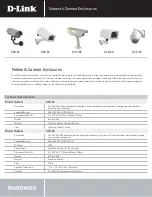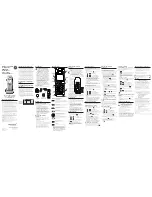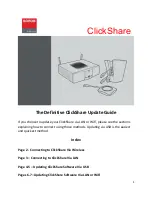
iScout® System User’s Manual
8
© McQ Inc 2008
2 iScout® Long Haul Communications Node Set Up
2.1
Mission Planning
The most important factor in successful deployment of the OmniSense System is the mission
planning. From the mission planning, the operator should have a list of parameters that will be
used to configure the LHCN for its particular mission and placement. Mission planning topics
that should be resolved prior to the actual deployment of LHCNs are:
2.1.1
Location
Where exactly is the LHCN to be deployed? The field operator should have a basic idea of the
terrain, and concealment options. Since LHCNs extend the communications capability of the
iScout Sensors, location has a direct impact on the performance of the overall system. An
improperly deployed LHCN can cause the loss of data from an entire sensor field to the
OmniSense Backend.
2.1.2
Communications
The LHCN uses two types of communications, a terrestrial local communications system, and
satellite communication. The terrestrial system requires the proper installation of the antenna on
LHCNs and the associated OmniSense sensing units (Cores or iScouts). Sensing units should be
placed no more than 1 kilometer from a LHCN line-of-sight. If the Sensor antenna is located on
or near the ground, mounting the LHCN antenna on a tower or high ground will extend the RF
range. The terrestrial local communications system can also operate on one of ten channels, so it
is important that all devices (Cores or iScouts) communicate on the same channel, otherwise data
will be lost.
Satellite communications provide an access point for the RF traffic. It is important that the
satellite communications antenna have an unobstructed view of the sky. Placing the antenna at
the base of a tree may cause an intermittent communications issue. No configuration is required
for satellite communications, it will be configured to be operational from the factory. The only
requirement for satellite communications is the proper installation of the antenna. The satellite
antenna should not be buried.
NOTE: It is necessary to deploy the LHCN prior to deploying the sensor field. Proceeding
in this manner will allow the field operator to verify the integrity of communications of
each deployed sensor.
















































